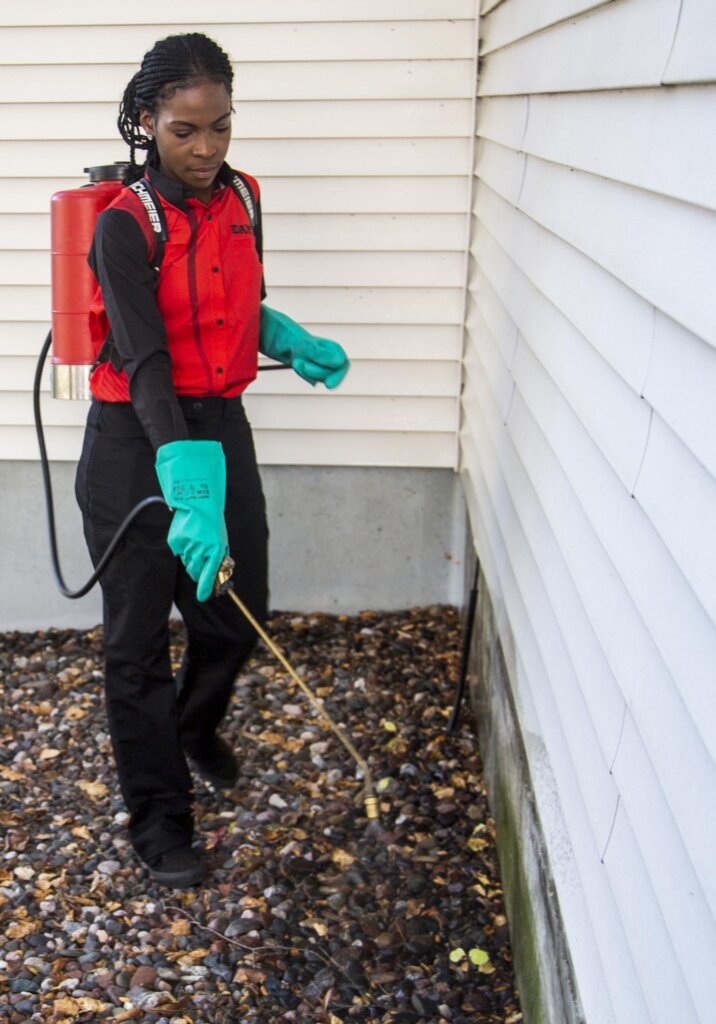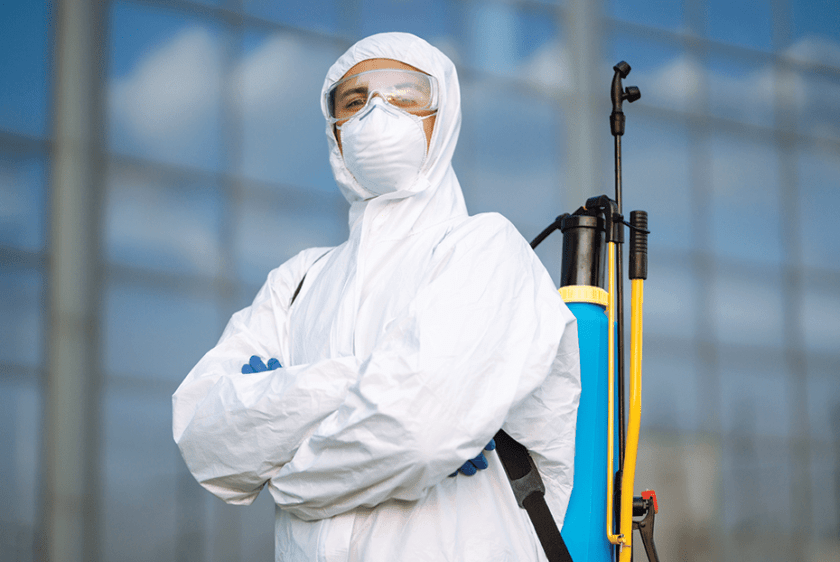Exploring Invasion and Therapy Approaches in the Globe of Bug Control
The landscape of parasite control includes a myriad of obstacles, especially as invasions of typical home pests proceed to evolve. Understanding the habits and reproductive patterns of these nuisances is critical for establishing reliable treatment methods. By integrating preventive procedures with advanced administration strategies, such as Integrated Insect Monitoring (IPM), property owners can much better safeguard their atmospheres. Nevertheless, the performance of these methods may differ significantly based on details circumstances. What underlying elements add to the success or failing of these methods in various setups?

Typical Home Vermin
When it concerns managing our living spaces, understanding usual family bugs is critical. These insects not just interrupt our comfort but can likewise present health risks and damages home. The most common home insects consist of ants, cockroaches, rodents, termites, and bed bugs.
Ants, usually seen foraging in cooking areas, can pollute food and develop big colonies. Rats, including computer mice and rats, can cause architectural damage and lug illness like hantavirus and salmonella.
Recognizing the indications of these pests, such as droppings, nests, or attack marks, is vital for very early intervention (Pest Control Lockhart). Correct cleanliness techniques, sealing access points, and keeping a clutter-free atmosphere are effective preventative procedures. By identifying these typical household bugs and understanding their habits, home owners can take positive actions to reduce problems, ensuring a much healthier living setting
Comprehending Bug Infestations
Pest problems can escalate swiftly, transforming a minor nuisance right into a significant issue otherwise addressed quickly. Recognizing the nature of these infestations is important for effective monitoring. Pests can invade property and business rooms for numerous reasons, consisting of the look for food, shelter, or reproducing premises. Common aspects contributing to invasions include poor sanitation, structural vulnerabilities, and seasonal adjustments that drive pests indoors.
Identifying the sort of pest is important, as different species exhibit diverse actions and reproductive prices. For circumstances, rodents might develop nests in surprise locations while insects like cockroaches thrive in wet settings. Early discovery typically hinges on recognizing signs such as droppings, munch marks, or uncommon sounds, which can indicate a trouble prior to it becomes severe.
Cozy, humid climates can promote the rapid growth of parasite populations, while modifications in landscape design or construction can accidentally develop conducive atmospheres. An enlightened approach to comprehending these characteristics lays the groundwork for effective bug monitoring strategies in the future.
Treatment Approaches and Strategies
Efficient therapy approaches and strategies are vital for minimizing parasite infestations and recovering a secure setting. A diverse method is usually best, integrating chemical, organic, and mechanical techniques tailored to the certain pest and the extent of the invasion.
Chemical therapies consist of making use of pesticides and herbicides, which can effectively get rid of parasites. Nevertheless, appropriate application and adherence to safety and security standards are crucial to minimize threats to human beings and non-target organisms. Integrated Parasite Management (IPM) urges the wise use chemicals as a last resource, depending rather on surveillance and limit degrees to establish treatment requirements.
Biological control approaches include presenting all-natural killers or parasites to lower insect populaces. This technique is progressively popular, specifically in agricultural setups, as it promotes ecological sustainability.
Mechanical methods, such as catches and barriers, give immediate remedy for insects without presenting chemicals. Options include sticky catches for bugs or physical obstacles for rodents.
Inevitably, the choice of therapy approach ought to take into consideration the particular parasite, the environment, and possible effect on human health and wellness and communities. A well balanced combination of these methods can properly manage problems while advertising long-term bug control remedies.
Safety Nets for Homes
Proactively dealing with parasite issues before they intensify is essential for maintaining a healthy home atmosphere (Pest Control Lockhart). Applying effective preventive procedures can dramatically reduce the possibility of problems, inevitably guarding both your property and health

Appropriate landscaping also plays an important duty in avoidance. Maintaining bushes and trees trimmed away from the home decreases the chances of pests finding their means inside. Make certain that drain systems are working efficiently to protect against standing water, which can attract in mosquitoes and various other bugs.
Lastly, regular examinations are a good idea. Frequently checking for indicators of bug activity enables early treatment. By embracing these safety nets, house owners can create a setting that is less friendly to bugs, thereby boosting their overall lifestyle and decreasing the demand for comprehensive pest control treatments.
Commercial Bug Control Techniques
A comprehensive technique to commercial bug control is essential for services intending to preserve a secure and hygienic atmosphere. Reliable techniques entail a try this website combination of routine examinations, employee training, and the application of Integrated Parasite Management (IPM) methods.
Normal inspections enable very early detection of insect task, permitting timely intervention. Services need to develop a routine timetable for these analyses, concentrating on risky areas such as cooking areas, storage space areas, and waste disposal websites. Worker training is just as crucial; staff ought to be informed on the indicators of parasite infestations and the significance of reporting them promptly.
Applying IPM practices assists alleviate bug concerns sustainably. This consists of environment alteration, such as securing access factors and lowering mess, along with employing all-natural deterrents prior to considering chemical therapies.

In addition, teaming up with a qualified parasite control provider ensures access to specialist expertise and sophisticated therapy alternatives. This collaboration can cause personalized insect control plans customized to the details needs of the organization, decreasing dangers and improving total effectiveness. Inevitably, a proactive and informed strategy cultivates a pest-free atmosphere, protecting both public health and organization online reputation.
Final Thought
In final thought, effective pest control necessitates a thorough understanding of typical home parasites visit this site and their habits, coupled with targeted therapy techniques. Implementing preventative procedures together with treatment approaches such as Integrated Insect Monitoring and biological control enhances the capability to mitigate invasions. Regular examinations and a combination of chemical and mechanical options additionally add to preserving pest-free environments. Eventually, an all-around strategy to pest management is crucial for protecting living rooms from unwanted intruders.
 Kel Mitchell Then & Now!
Kel Mitchell Then & Now! Neve Campbell Then & Now!
Neve Campbell Then & Now! Jonathan Lipnicki Then & Now!
Jonathan Lipnicki Then & Now! Richard Thomas Then & Now!
Richard Thomas Then & Now! Batista Then & Now!
Batista Then & Now!